How does that work?
Quick read

- Sports & leisure
- How does that work?
- Issue 102
How does scuba gear work?
A specially engineered two-stage regulator system attached to a gas cylinder allows scuba divers to safely breathe underwater while moving about freely so they can explore the ocean.
Quick read

- Design & manufacturing
- Maritime & naval
- How does that work?
- Issue 101
How do fish swim in schools?
For fish, swimming as a school has a host of benefits. This feat of nature is now inspiring engineers and impacting their innovations.
Quick read

- Food & agriculture
- Electricals & electronics
- How does that work?
- Issue 100
How do air fryers work?
Air fryers have become immensely popular in recent years, promising a healthier and more energy efficient method of cooking that can save you money. They have also inspired numerous dedicated cookbooks and even a few TV programmes.

- Mechanical
- How does that work?
- Issue 99
How do hydraulic presses work?
Whether it's squashing crayons, an anvil or ball bearings, the hydraulic press is governed by a few simple physical principles. Leonie Mercedes explores the engineering behind this enduring viral sensation, and how we can create these obscenely large forces with relatively little input.
Quick read

- Design & manufacturing
- Materials
- How does that work?
- Issue 98
How does steelmaking work?
Today, about 1.9 billion metric tonnes of steel are made every year, with China, India and Japan leading the world’s production. Leonie Mercedes examines how we get from iron ore to the steel that makes up our world.
Quick read
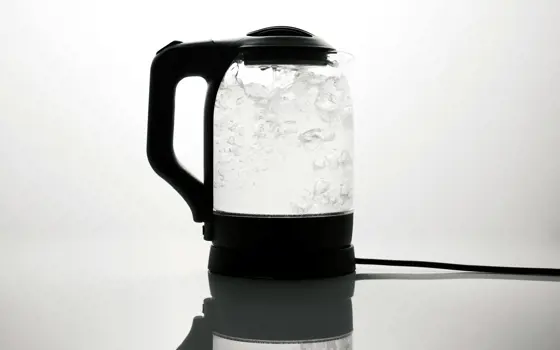
- Electricals & electronics
- How does that work?
- Issue 80
How do kettles know when to switch off?
Used every day by millions of people across the world, electric kettles use a surprisingly simple method to overcome a long-standing problem: how to switch themselves off.
Quick read

- Chemical
- Food & agriculture
- How does that work?
- Issue 97
Non-alcoholic beer and wine
Sales of non-alcoholic and low-alcohol drinks have soared in recent years, more than doubling since before the pandemic. So how do manufacturers make them alcohol free while still tasting the same?
Quick read

- Energy
- Environment & sustainability
- Chemical
- How does that work?
- Issue 96
How do electrolysers work?
Electrolysers are a critical net zero technology used to produce green hydrogen.
Quick read
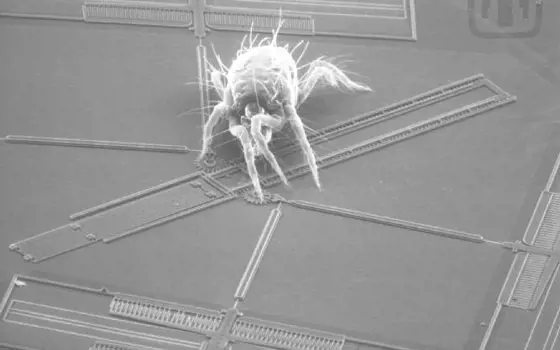
- Electricals & electronics
- Technology & robotics
- How does that work?
- Issue 94
Microelectromechanical systems (MEMS)
Microelectromechanical systems (MEMS) help to make many of our everyday items work, from Air Pods to airbags.
Quick read

- Technology & robotics
- How does that work?
- Issue 93
How do drone displays work?
From London’s new year fireworks to the Tokyo 2022 Olympic opening ceremony, coordinated drone displays are creating spectacular light shows in the night skies, with clever engineering creating a system that can be flown safely and repeatedly.
Quick read
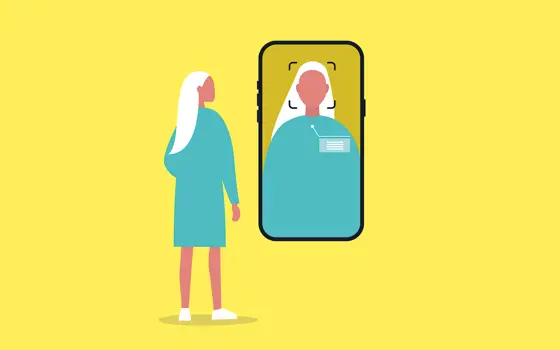
- Technology & robotics
- Software & computer science
- Sports & leisure
- How does that work?
- Issue 92
Face filters
It started with face swaps, flower crowns and appended dog ears. Now, all manner of transformative sorcery is just a tap away.
Quick read

- Software & computer science
- Arts & culture
- How does that work?
- Issue 91
How do NFTs work?
Love them or hate them, NFTs took the art world by storm in 2021. But even this far into their explosion in popularity, many people still have no idea what they are and how they work.
Quick read
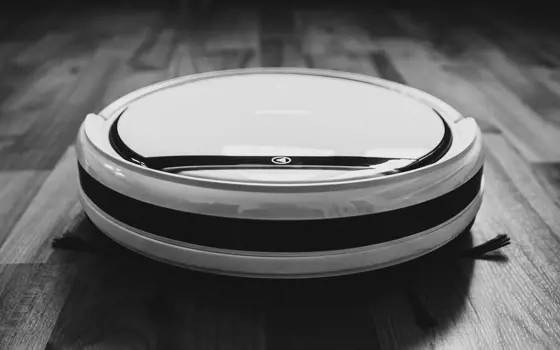
- Electricals & electronics
- Technology & robotics
- How does that work?
- Issue 90
Robotic vacuum cleaners
Twenty years after the Roomba's original release, the latest generation of robotic vacuum cleaners incorporate sophisticated machine vision technology to steer clear of electrical cables, stray socks and pet poo.
Quick read
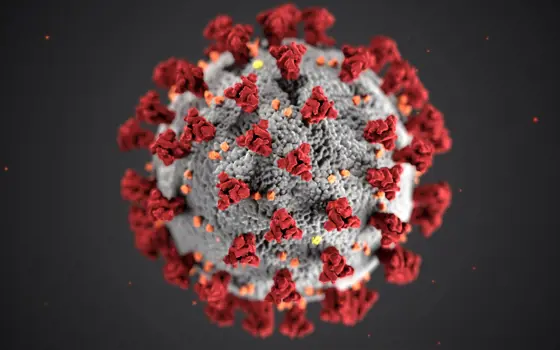
- Chemical
- Health & medical
- How does that work?
- Issue 89
Wastewater epidemiology
Sampling and testing of wastewater is helping governments across the world to track COVID-19 infections on a large scale.
Quick read

- Chemical
- Environment & sustainability
- How does that work?
- Issue 88
Compostable plastics
Compostable plastics can be turned – alongside food and other organic waste – into compost. But how environmentally friendly are they really?
Quick read
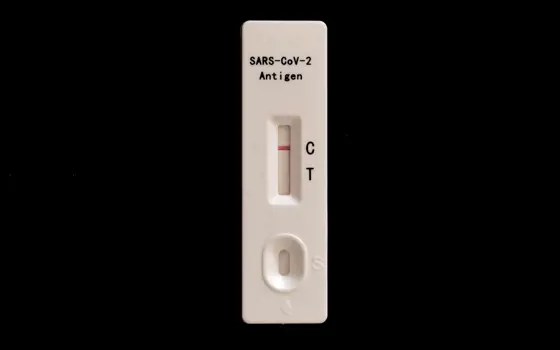
- Health & medical
- Design & manufacturing
- How does that work?
- Issue 87
Lateral flow tests
During the pandemic, millions of people took lateral flow tests every week to detect COVID-19, enabling them to get a result in just 15 minutes.
Quick read

- Software & computer science
- Technology & robotics
- How does that work?
- Issue 86
How do chatbots work?
As human interaction online gradually gives way to automated responses, chatbots must impersonate us without attempting to replicate human empathy or enthusiasm.
Quick read

- Design & manufacturing
- Sports & leisure
- How does that work?
- Issue 85
How does a hairdryer work?
Invented in the 1920s, the electric hairdryer is an everyday household object that has changed significantly over the past century – and is likely to continue developing as technology evolves.
Quick read

- Arts & culture
- How does that work?
- Issue 84
How does MQA technology work?
MQA technology captures and authenticates the sound of the original master recording in a file small enough to stream at high resolution, allowing listeners to feel that they are in the studio with the performer.
Quick read

- Electricals & electronics
- How does that work?
- Issue 83
Induction hobs
In an induction hob, a coil of copper wire is placed under a cooking pot and an alternating electric current passed through it. The resulting oscillating magnetic field wirelessly induces an electrical current in the pot, warming it up and cooking the food inside.
Quick read

- Energy
- Environment & sustainability
- How does that work?
- Issue 82
Ground source heat pumps
Ground source heat pumps (GSHPs) have been used for many years in North America, Sweden and Germany. These geothermal systems harness natural heat from underground to provide heating for buildings. Now they are being increasingly deployed in homes and commercial buildings in the UK.
Quick read
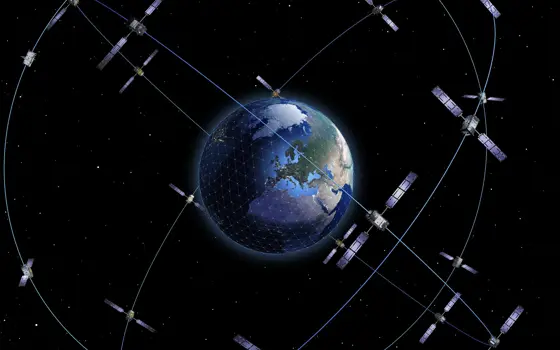
- Electricals & electronics
- Aerospace
- Technology & robotics
- How does that work?
- Issue 81
Global positioning system (GPS)
The global positioning system (GPS) enables anyone with a smartphone or navigation units on cars to pinpoint their location or tell the time. Initially developed for military use, it now has applications ranging from aviation safety and banking to rescuing ships in distress.
Quick read
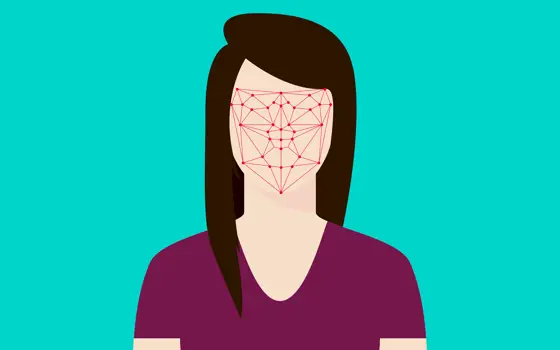
- Technology & robotics
- How does that work?
- Issue 79
3D facial recognition technology
Facial recognition technology can identify or verify a person using information from a digital image or video. The technology is used in many different systems but hit headlines as a feature of Apple’s iPhone X.
Quick read
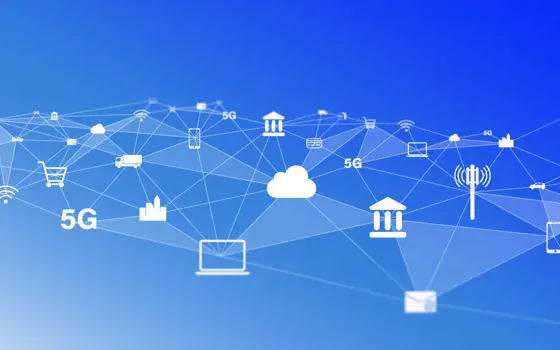
- Electricals & electronics
- How does that work?
- Issue 78
Beamforming
The next generation of cellular technology, 5G, is said to have ‘beamforming antennas’. What are these, how will they be used in mass-market cellular systems and why do they help increase both cell range and capacity?
Quick read
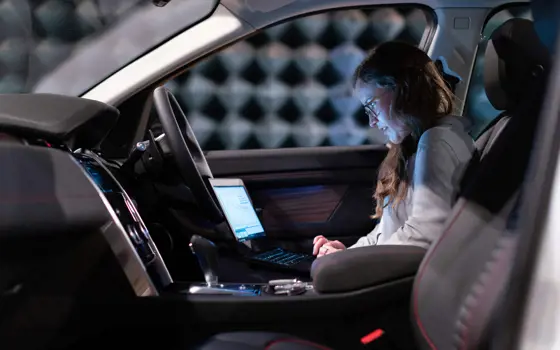
- Electricals & electronics
- How does that work?
- Issue 76
Driverless cars
Self-driving cars have been a science-fiction staple for decades, but a wide range of onboard sensors and sophisticated data-processing tools are now supporting trials on public roads around the world.

- Aerospace
- How does that work?
- Issue 75
Birds flying in a V formation
Migratory birds such as ducks and geese fly in a symmetric V-shaped flight pattern, known (not unexpectedly) as a V formation. The reasons for this follow from the applications of aeronautics, fluid dynamics and energy minimisation.
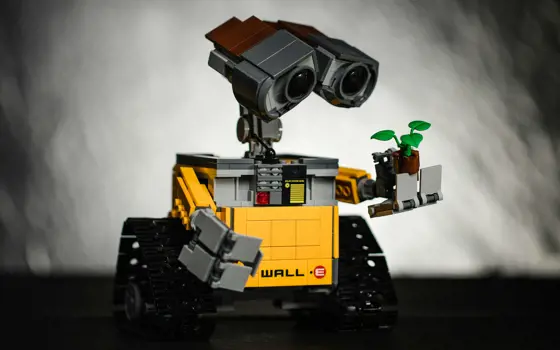
- Technology & robotics
- How does that work?
- Issue 74
How do robots work?
While there are many different types of robots, which perform tasks as varied as space exploration, shelf-stacking and surgery, they still have core features in common. A robot can sense its environment, plan an action and then carry out the action.
Quick read
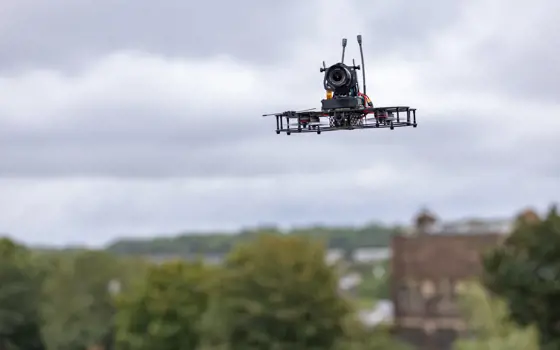
- Technology & robotics
- How does that work?
- Issue 73
Drones
Unmanned aerial vehicles have been in operation for many years, particularly for military purposes. However, recent advances in technology have increased the potential uses of drones, such as for aerial photography, agriculture, and search and rescue.
Quick read

- Software & computer science
- How does that work?
- Issue 72
Blockchain technology
Blockchain technology records secure online transactions through a shared and continually reconciled database. Originally created in 2009 to manage the digital currency bitcoin, it is now being considered for applications as diverse as online voting and cloud storage.

- Electricals & electronics
- How does that work?
- Issue 71
Radio spectrum
Radio spectrum is the part of the electromagnetic spectrum, a continuous range of wavelengths, that is widely used in modern technology. Particularly used in telecommunication, interest in the radio waves is expected to increase as 5G is rolled out and mobile communication is used more and more.
Quick read

- Electricals & electronics
- Technology & robotics
- How does that work?
- Issue 70
Powerline networking
Most homes and businesses use wireless networks so powerline networking, which uses electrical wiring as a data network, may be considered a redundant technology. However, it’s a simple technology that complements wireless by reaching those areas that might be beyond a Wi-Fi network.

- Electricals & electronics
- How does that work?
- Issue 69
Lithium-ion batteries
Li-ion batteries have revolutionised modern life, through their application in consumer electronics and applications as diverse as medical implants, grid-scale storage and satellites. Recent concerns have fuelled public concern about battery safety. So how do these cells work, and what can go wrong?
Quick read

- Materials
- How does that work?
- Issue 68
Toughened glass
A stronger version of standard glass, toughened glass is ideal for use where greater strength or safety is needed. Learn how thermal and chemical treatments enhance strength, safety and durability for various applications.
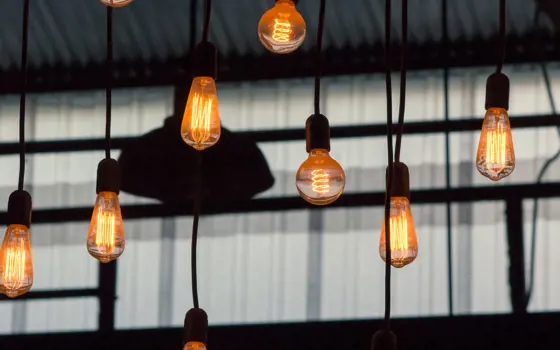
- Electricals & electronics
- How does that work?
- Issue 67
Li-Fi
Li-Fi technology is a wireless communications technology that harnesses LED lights to transmit data at high speeds. Find out how semiconductor light sources can be used to stream web, video or audio and the advantages it has over Wi-Fi.

- Electricals & electronics
- Sports & leisure
- How does that work?
- Issue 66
Noise-cancelling headphones
Used by plane and train passengers wanting to listen to radio, music or film without hearing background noises, active noise-cancelling (ANC) headphones are able to prevent outside noise from leaking through to the inside of headphones.
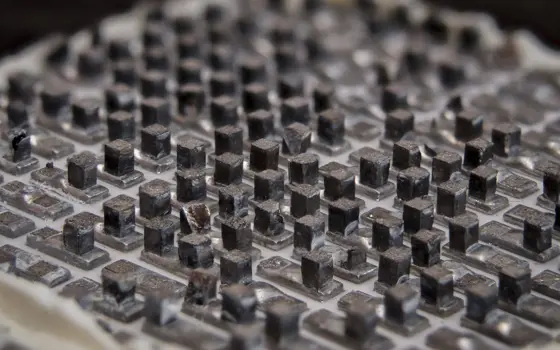
- Electricals & electronics
- How does that work?
- Issue 65
Peltier devices
First discovered by Jean Charles Peltier, the Peltier effect is used across a range of devices, from thermoelectric heaters and coolers to sensors and spacecraft. Find out how the use of semiconductor materials can act to manage heat transfer.

- Technology & robotics
- How does that work?
- Issue 64
Hydroacoustics
Useful for scientists, search and rescue operations and military forces, the size, range and orientation of an object underneath the surface of the sea can be determined by active and passive sonar devices. Find out how they are used to generate information about underwater objects.

- Civil & structural
- How does that work?
- Issue 63
Tunnel boring navigation
With no surface reference points, underground surveying requires specialised skills in order to gain trustworthy accuracy for the surveying team. Find out what techniques are used to measure distance, maintain position and cope with curved alignments in tunnels.
Quick read
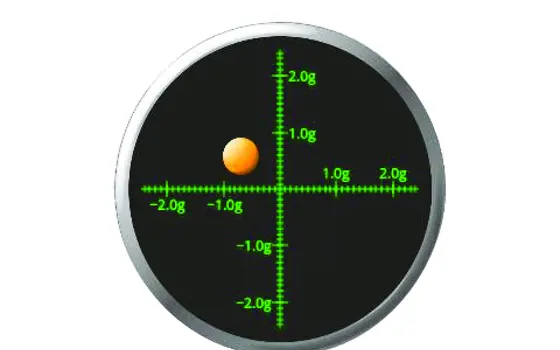
- Electricals & electronics
- How does that work?
- Issue 62
Accelerometers
Used in earthquake measurements, laptops, planes and even in stargazing apps, today’s accelerometers are much smaller than when they were first developed in 1927. Find out how they detect movement and vibration.
Quick read

- Materials
- How does that work?
- Issue 61
What are aerogels?
Among some of the lightest known solid materials, aerogels, formed by removing liquid from gels, have many uses ranging from catalysts and sensors, to being used on NASA missions.